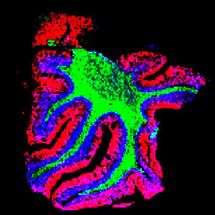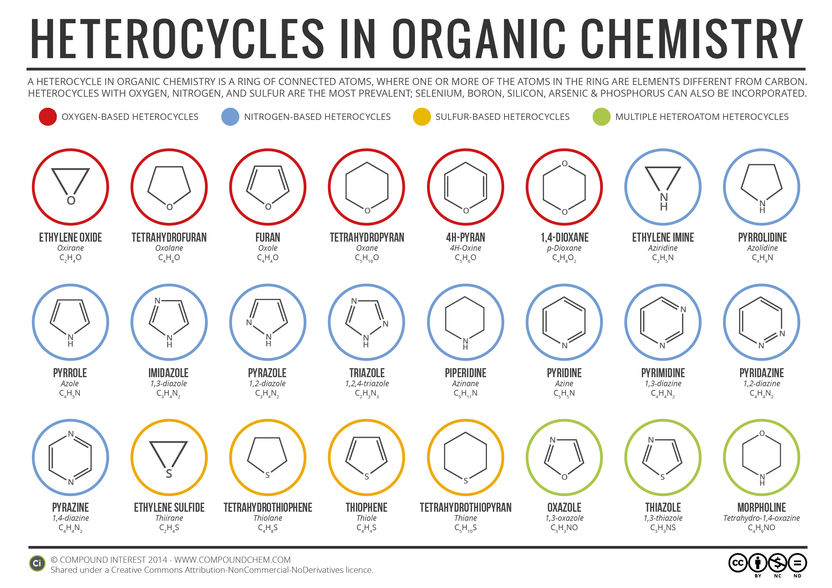Method developed by VTT targets diagnosis of early Alzheimer’s disease
Half of patients could be diagnosed a year earlier than current clinical practice
A software tool called PredictAD developed by VTT Technical Research Centre of Finland promises to enable earlier diagnosis of the disease on the basis of patient measurements and large databases. Alzheimer’s disease currently takes on average 20 months to diagnose in Europe. VTT has shown that the new method could allow as many as half of patients to get a diagnosis approximately a year earlier.
VTT has been studying whether patients suffering from memory problems could be diagnosed with Alzheimer’s disease at an earlier stage in the light of their measurement values. The study involved processing patient measurements using VTT’s PredictAD system, which was developed to support clinical decision-making. The findings were published in the Journal of Alzheimer’s Disease in November 2012.
VTT has developed a novel approach for measuring the state of the patient reliably and objectively in cooperation with clinicians of University of Eastern Finland and Copenhagen University Hospital Rigshospitalet. The system compares the patient’s measurements with measurements of other patients in large databases and provides an index and a graphical representation reflecting the state of the patient. Modern hospitals have huge data reserves that could be utilised in diagnostics by systematic mathematical modelling. Successful early diagnostics combined with new forms of care may reduce suffering and delay the institutionalisation of patients.
VTT’s decision support system and imaging methods developed by VTT and Imperial College London were studied using ADNI material compiled in the United States. The study covered the records of a total of 288 patients suffering from memory problems, 140 of whom were diagnosed with Alzheimer’s disease on average 21 months after the initial measurements.
The study showed that half of the patients could have been given a diagnosis of Alzheimer’s disease around a year earlier. The accuracy of the predictions was comparable to clinical diagnosis. Treatments designed to slow down the progress of the disease could therefore be started earlier.
Original publication
Other news from the department science

Get the life science industry in your inbox
By submitting this form you agree that LUMITOS AG will send you the newsletter(s) selected above by email. Your data will not be passed on to third parties. Your data will be stored and processed in accordance with our data protection regulations. LUMITOS may contact you by email for the purpose of advertising or market and opinion surveys. You can revoke your consent at any time without giving reasons to LUMITOS AG, Ernst-Augustin-Str. 2, 12489 Berlin, Germany or by e-mail at revoke@lumitos.com with effect for the future. In addition, each email contains a link to unsubscribe from the corresponding newsletter.




















































